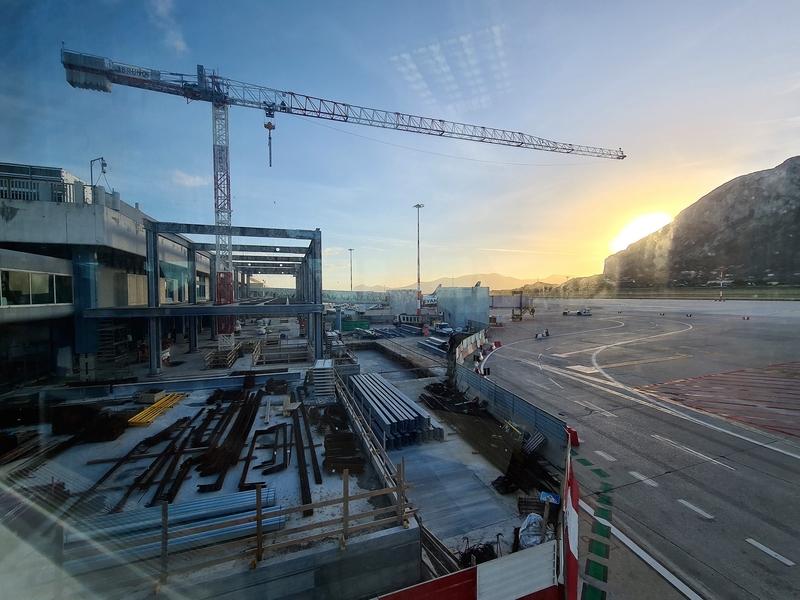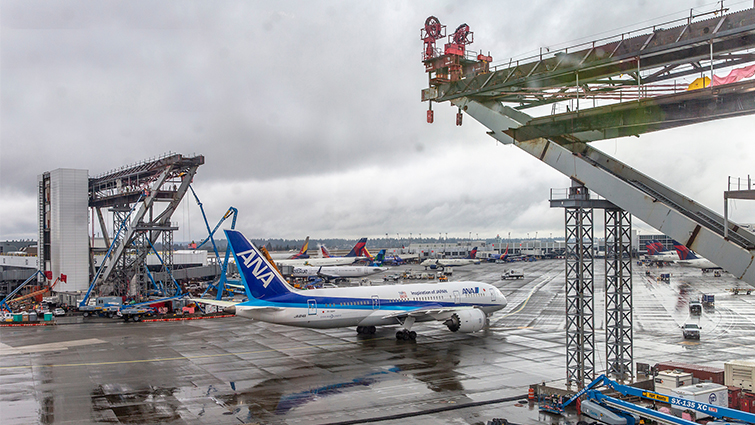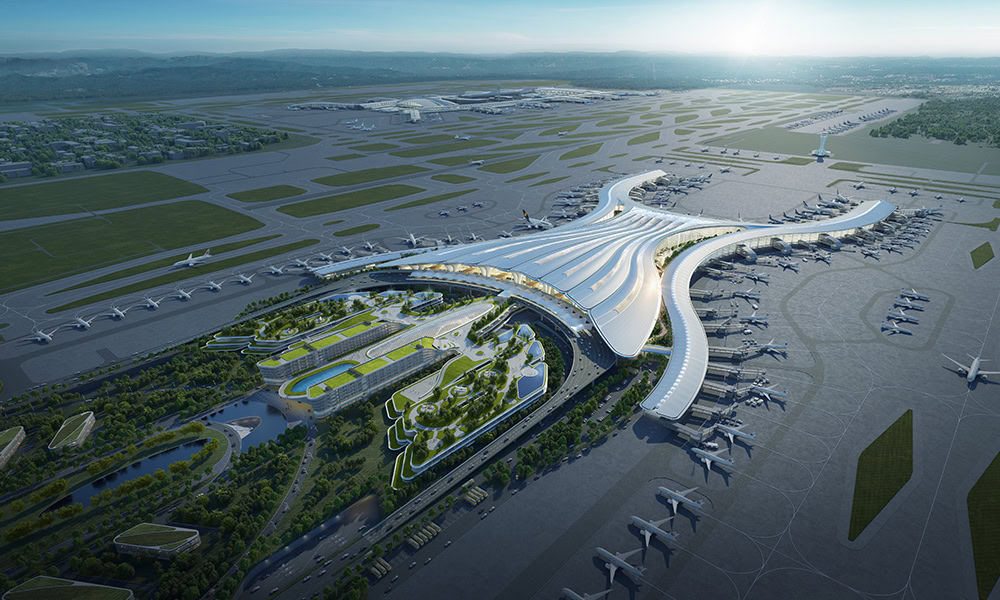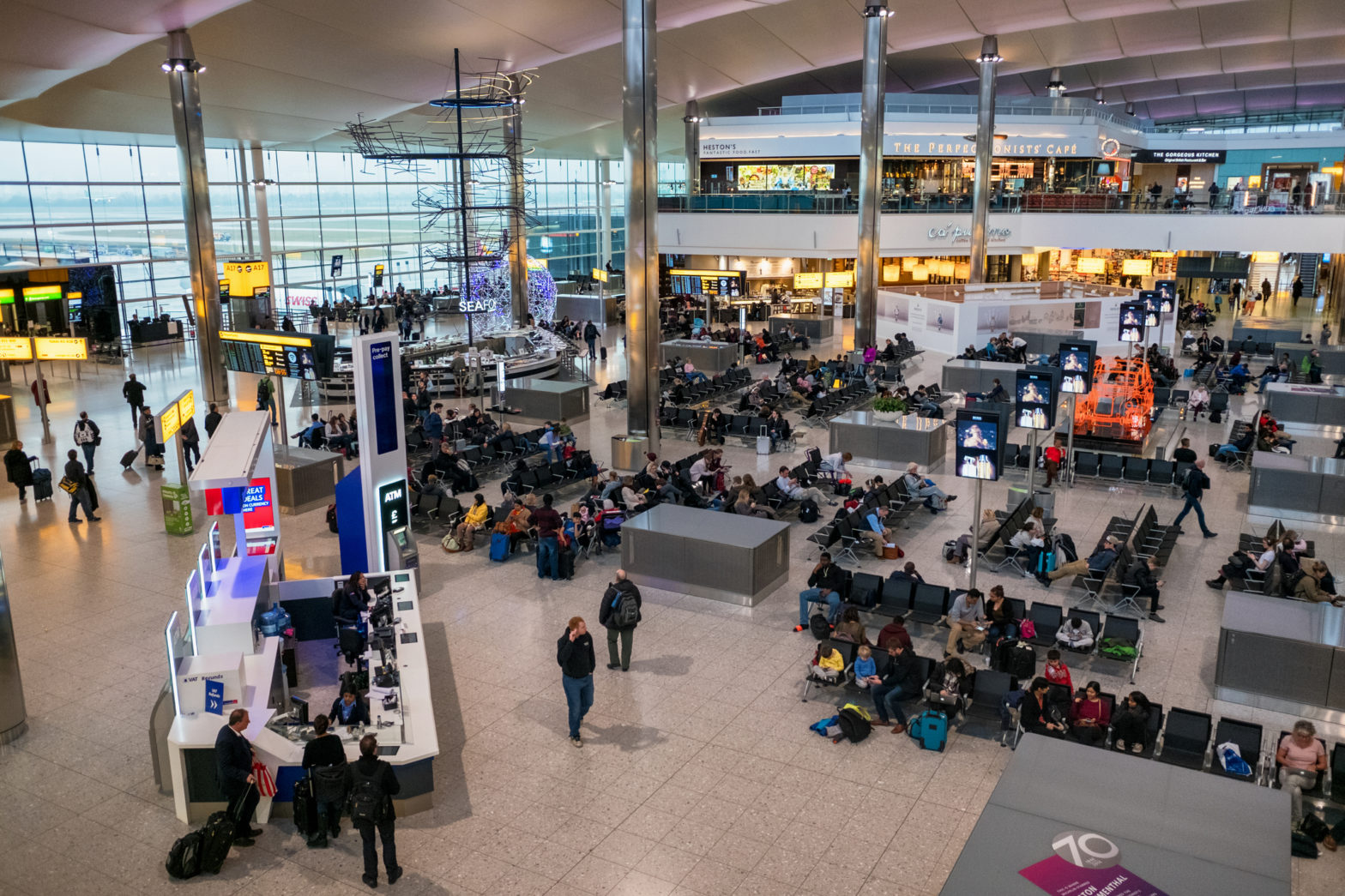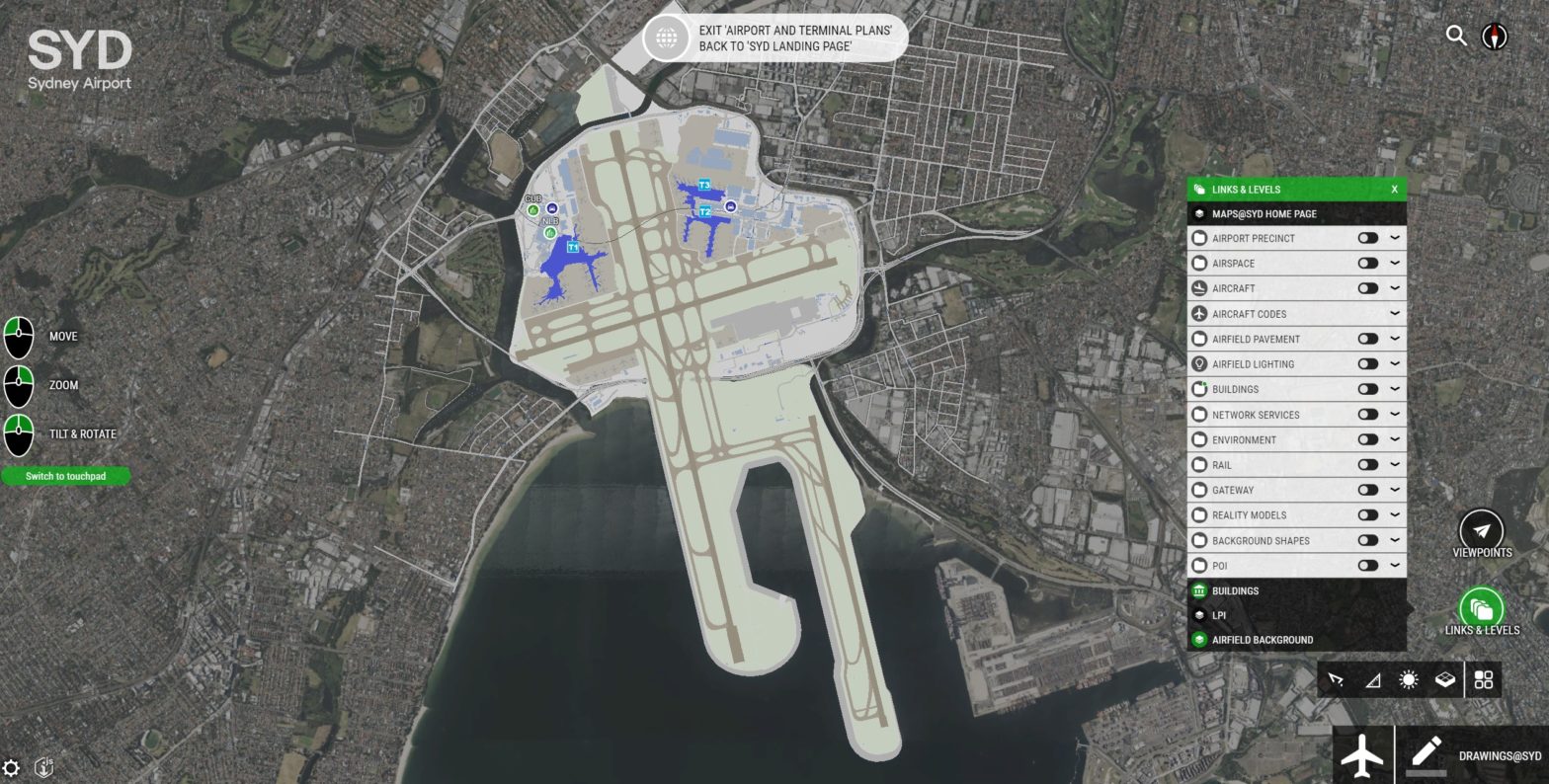
How Sydney Airport’s smart twin saves millions
27 May 2025
Leif Johnson, Industry Solutions Director – Transportation at Bentley Systems, explains why digital twins should be treated as strategic infrastructure, sharing how Sydney Airport saved AU$1 million annually by connecting siloed data to improve efficiency, collaboration and the passenger experience.
For airport executives, how do you define a digital twin and why should it be treated as strategic infrastructure?
At a conceptual level, a digital twin is a full digital representation of the physical environment; however, this can be such a large and impossible concept that at Bentley we focus on infrastructure digital twins. This can still be a large concept, but at its baseline it is a visualisation of an airport campus that connects and surfaces information to support a variety of use cases throughout the infrastructure lifecycle, whether that be conceptual and detail design, construction, or operations and maintenance.
Infrastructure digital twins provide ready access to critical data such as asset information, equipping stakeholders to optimise project execution, promote stakeholder engagement, and conduct more proactive maintenance. This helps airports ensure efficient operations, minimise disruptions to the day-to-day, and ultimately deliver a better passenger experience.
In your experience, what’s the best starting point for an airport looking to adopt digital twin technology? How do you recommend identifying the right problem to solve first?

The starting point for an airport looking to adopt a digital twin is identifying the problem(s) they would like to solve. The advantage of a digital twin is the ability to connect disparate or siloed data and visualise it in-context to empower better, more efficient decision-making.
With this connected data, an airport can solve problems that stem from any number of sources such as manual workarounds, wasted time or manpower due to inaccurate data, inefficient communication, and poor data accessibility. For example, Sydney Airport identified the inefficiencies in maintenance activities and information access for facilities management activities. They wanted to create a portal where information was readily available in the field without having to search multiple systems and rely on other teams to provide information. Their digital twin is a mechanism to connect the data needed and provide a self-service access point for all stakeholders that is easy to use and more efficient.
Once a problem has been identified, what kinds of existing data should airports look to bring in–and how do they prioritise what matters most?
In an uncontrolled environment, data tends to be copied to multiple locations creating issues on where to access trusted and accurate information. This can lead to poor and costly decisions based on bad data. By identifying the trusted sources of data first and doing a quality audit to validate the data, airports have a list of trusted sources to work with. Once those data sources are validated, they can be linked to the digital twin providing a central access point that stakeholders utilise to ensure everybody is working with the same, accurate data. This does not get rid of the need for other systems to solve complex problems, it simply connects them in a way that promotes accurate, accessible data viewed in a visually immersive environment.
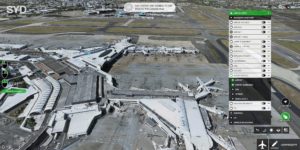
You highlight how Sydney Airport used its digital twin to visualise data in a much more immersive and accessible way. What did that look like in practice, and how did it support decision-making?
Sydney Airport wanted keen awareness and access to accurate, detailed, and updated information on the sprawling campus, assets within it, and activities beyond its boundaries, to ensure continued smooth operations. They needed a system that was accessible and intuitive to all, including those unfamiliar with different applications that could also federate a mix of complex data, in different formats, and from multiple systems.
Some of this data included historical content, digital photography, point clouds, financial systems, and project archives. For example, with their digital twin they could overlay data from financial applications onto GIS data, giving the airport’s commercial leasing team visually intuitive and real-time access to tenant names, lease expirations, sales per square metre, and liquor license details, eliminating the need for users to visit the digital print room or request data from the spatial team. Another example is that they can perform regular audits of fire-fighting equipment, video monitoring, flight information display screens, wildlife observations, and confined spaces.
What are some of the most measurable outcomes Sydney Airport achieved through this approach–particularly in terms of time savings, operational efficiency or cost reduction?
In a short amount of time Sydney Airport was able to quickly extract a few key ROI metrics that showed the value of the digital twin. They found that on a team of 200 users, over 5000 hours per year were being saved and the average time to conduct data audits decreased by 58 percent, all of which came out to roughly AU$1 million (US$650,000) saved over a single year for that one team.
Alongside the quantitative results, Sydney Airport has realised a multitude of qualitative benefits such as improved operational insights, increased collaboration between teams, and an interface that is easy-to-use for users of all backgrounds by enabling viewing information in-context.
For airport executives trying to build internal support, what advice would you give on making a strong business case for digital twins using existing tools and systems?
Implementing an infrastructure digital twin in an airport comes with a variety of qualitative and quantitative benefits depending on how you use it. It can save time and money by mitigating costly errors, time-consuming manual processes, and improving decision-making. However, it an also ensure you are going more out of the rest of your technology stack by connecting to your other systems and solutions. It leverages the data from those systems, but makes it more accessible to all stakeholders, promoting greater communication, collaboration, and even transparency with public or private entities.
Most importantly, by realising these benefits, airports using digital twins can be more efficient in their design, construction, operations, and maintenance, leading to a better passenger experience at the end of the day.
Images: Sydney Airport / Bentley



